The pathogen persists as small, dormant structures, called sclerotia, in soil. Sclerotia can survive for over 20 years, even in the absence of a host plant. Disease severity depends on sclerotia levels in the soil at planting. As few as one sclerotium per 10 kilograms of soil can initiate disease. Only one sclerotium per kilogram of soil can cause measurable disease loss, and 10 to 20 sclerotia per kilogram result in infection of essentially all plants.
Sclerotia can be spread throughout a field or from field to field by flood water, equipment, or on plant material, including wind blown scales. Sclerotia remain dormant in the absence of onion or other Allium crops. Their germination is stimulated by Allium root extracts and exudates that extend into the soil about 0.5 inch from the root.
Disease development is favored by cool, moist soil conditions. The soil temperature range for infection is 50Á to 75ÁF, with optimum being 60Á to 65ÁF. At soil temperatures above 78ÁF, the disease is markedly inhibited. Soil moisture conditions that are favorable for onion and garlic growth are also ideal for white rot development.
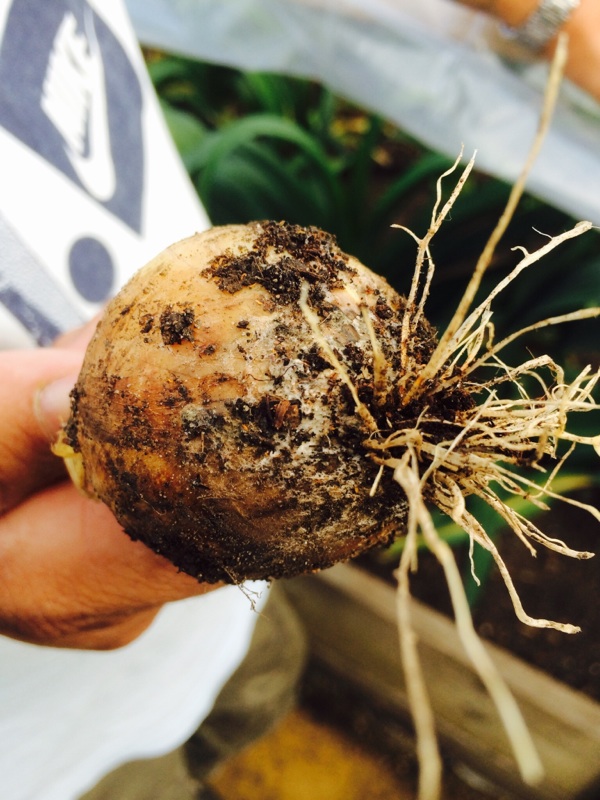
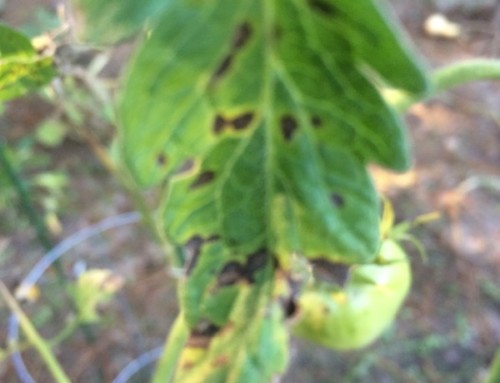
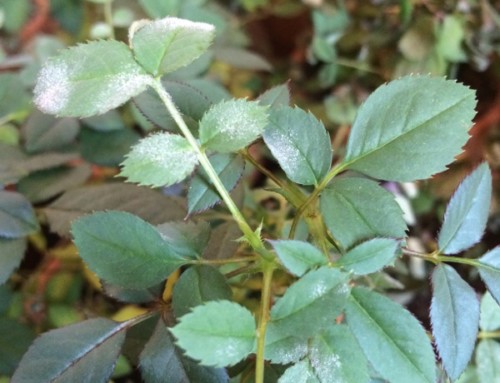
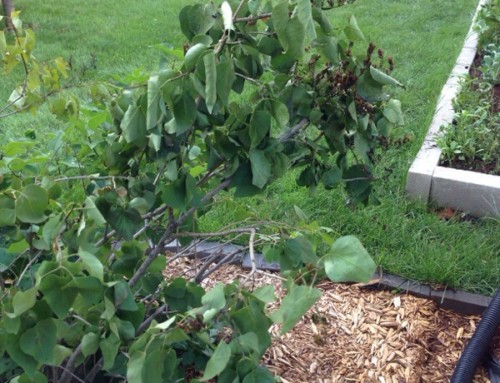
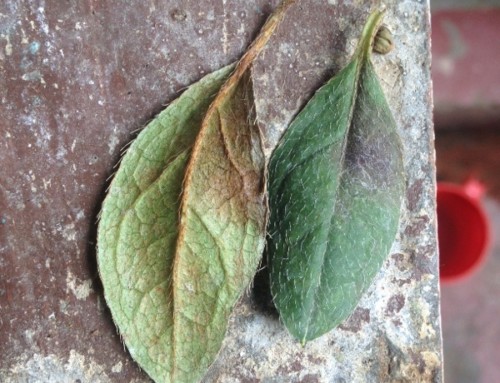
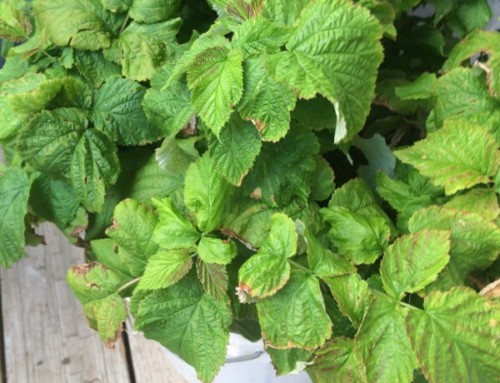
Leave A Comment